Full Cannabis Dosage Guide: Flowers, Edibles, And Everything Else

Cannabis popularity in the United States is on the rise. It can be used for medical reasons (from insomnia and depression to rheumatoid arthritis and some other conditions), it's great for recreational purposes, it's decriminalized in most states, and, in short, it really works. There are many methods of consuming cannabis — you can smoke it, vape it, take it orally (as edibles or gel capsules), use alcohol-based sprays with marijuana, etc, etc.
But even though it's extremely popular and decriminalized, it's still a psychoactive drug that can affect the health of those who use it and has some adverse effects, so it's very important to use it responsibly and safely. To be a responsible user, you have to know about the dosage of cannabis — and here, we'll tell you everything we know about it. If you're not sure how much is enough, read this short guide to understand how much you should smoke or eat!
Cannabis Edibles Dosage: How Much To Take?
First and foremost, here's what you need to know: there is no "right" dosage that works for 100% of people. The right dosage depends on lots of factors — from experience (seasoned smokers do usually need to ingest more weed to get high) to your genes (people with different variants of CYP239 gene have different sensitivity to cannabinoids). That’s why this guide will not work for 100% of people — but it will definitely be useful for, say, 90% of cannabis users (especially if we're talking about the first-timers). Actually, if you have never tried marijuana and marijuana products, this guide will be a big help to you — consider it a starting point. First, we'll talk about edibles — brownies, cookies, cakes, and other cannabis-infused products.
The first type of dosage is 1-2.5 mg THC. Such edibles are the lowest dose edibles — and if you're a first-timer, you can expect improved creativity and mild relief of pain/stress. This is a perfect option for those who have never tried cannabis and cannabis-infused products; but there is a huge problem with these edibles: they are very hard to find. 2.5 mg edibles are available in different forms, but the most popular ones are gummies and mints. Well, you can technically buy a higher dose product and cut it into, say, 5-10 pieces, but that's not the most convenient thing in the world.

Then, 2.5-15 mg edibles. This dose is almost perfect for the standard recreational use (to relieve pain and anxiety) and for those who want to have a good sleep. 10 mg is usually considered a standard dose, but it can be too much for beginners. Most often, such edibles are available in form of gummies and capsules.
15-30 mg is another popular dose. Edibles with 15-30 mg THC are NOT recommended for the first-timers, as well as higher dosages. A cookie with 15-30 mg THC can cause strong euphoria and can impair coordination. Such dosages are only recommended for medical patients with developed tolerances and for experienced users.
30-50 mg THC edibles will most likely cause very strong euphoria and result in alterations in perception. They can be used by people who have developed a significant tolerance to cannabinoids.
50-100 mg THC is almost the highest dosage available. Such edibles are good for well-seasoned consumers with high tolerance and for patients who have serious conditions. Please, keep in mind that such edibles can cause side effects (nausea/tachycardia).
There are also more potent edibles (you can even find brownies with 1,000 mg THC), but that's not the kind of edibles recommended for common usage. The manufacturers usually say that 1,000 mg edibles work well for those with extreme pain, but if the pain is really that severe, it might be wise to call 911, not to eat brownies. The side effects reported by the patients can be described as "horrible", by the way, so such edibles are definitely not the best option for you.
Here's the short version of what we've said: 2.5 mg is perfect for the first time; 2.5 mg - 5 mg is good, too; 5-15 mg is for patients with persistent problems; 15-30 mg is for experienced consumers and for those with developed tolerances; 30-50 mg and higher dosages are for the patients with serious conditions (and for those with serious tolerance).
Smoking Cannabis: How Much Do You Need?
It's easier to control the dosage when it comes to pipes, joints, and bongs because the effects are usually felt in a few minutes, not in a few hours like with edibles. However, it's still important to know your dose.
First of all, the THC inhaled depends on the smoking method — when you smoke a joint, you inhale less THC, but with a vaporizer, you inhale more. Then, it depends on the strain you are going to smoke — different strains have different THC potency. Check out the periodic table of weed strains to know more about it (there are also lots of online dosage calculations that will help you to find the right dose). However, there is a general rule — in the absolute majority of cases, starting with 1/4 g of dried flowers is a good choice. Some people find such a dose too low, but almost no first-timers find it too strong. For a more experienced user, 0.5 g is usually enough (most pre-rolls are 0.5 g).
Popular Marijuana Strains of 2023
Other Methods Of Consuming MMJ
Oral sprays are a new smoke-free option for those who need to consume cannabis. They can be oil-based and alcohol-based, and they usually have more CBD than THC. These sprays often contain 25 and 30 mg of tetrahydrocannabinol per 1 ml. You'll have to read the label carefully to learn how much is one spray (in most cases, it's 0.1 ml). Be careful with sprays: their effects last longer than when you smoke or vape MMJ. To calculate the accurate dose, use online calculators and talk to your physician.
Read Also: Battle Of Cannabinoids: THC Versus CBD
When it comes to vape, things become more complex. The patient's body can absorb up to 40-50% of CBD from vape oil, in comparison with 10-15% of CBD that can be absorbed from edibles. It makes sense that you won't use a big tank with complex coils that release tons of vapor — most cannabis vapers use standard 1 ml cartridges. If you are going to use such CBD cartridges, too, you'll be able to make 100-200 puffs, which means you'll have to divide the amount of CBD into 1 ml by 100/200 to understand how much mg of CBD you'll get per puff.
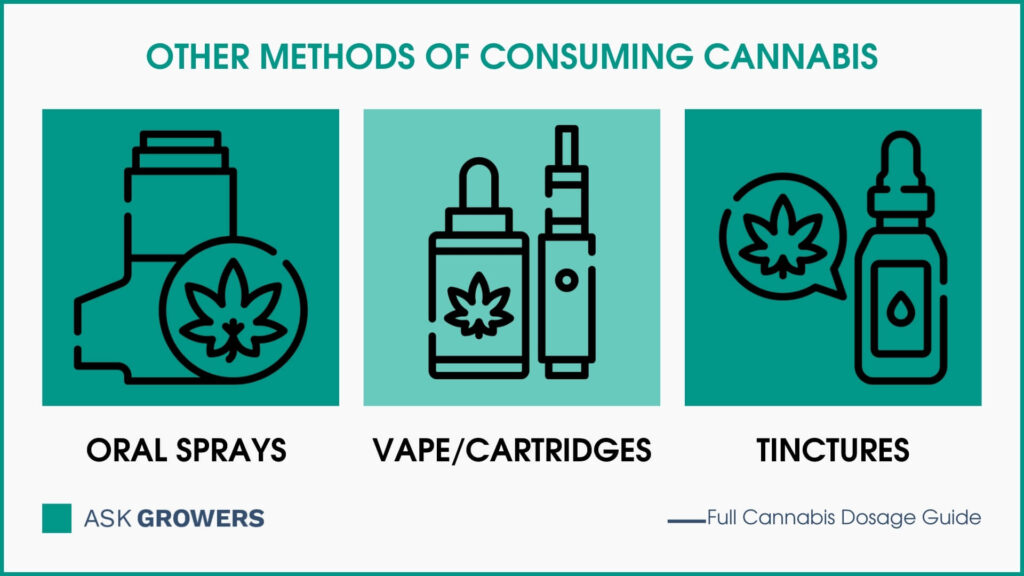
Another way to take your cannabis is numerous extracted products and oils:
- capsules
- RSO
- extracts
- distillates
- crystallines, etc.
As for tinctures, it's even simpler — most tinctures have 150/250/500/750 mg of THC or CBD, most bottles have 30 dropper fulls, and 1 dropper full is about 40 drops. So, you'll have to take three steps: divide the amount of THC/CBD by 30 to see the amount of cannabinoids per dropper; divide the dose per dropper (previous step) by 35 to see the amount of THC/CBD per drop; divide your perfect dose by the amount of THC/CBD per drop. That's how you'll get the perfect number of THC or CBD drops you have to take.

 Health
Health
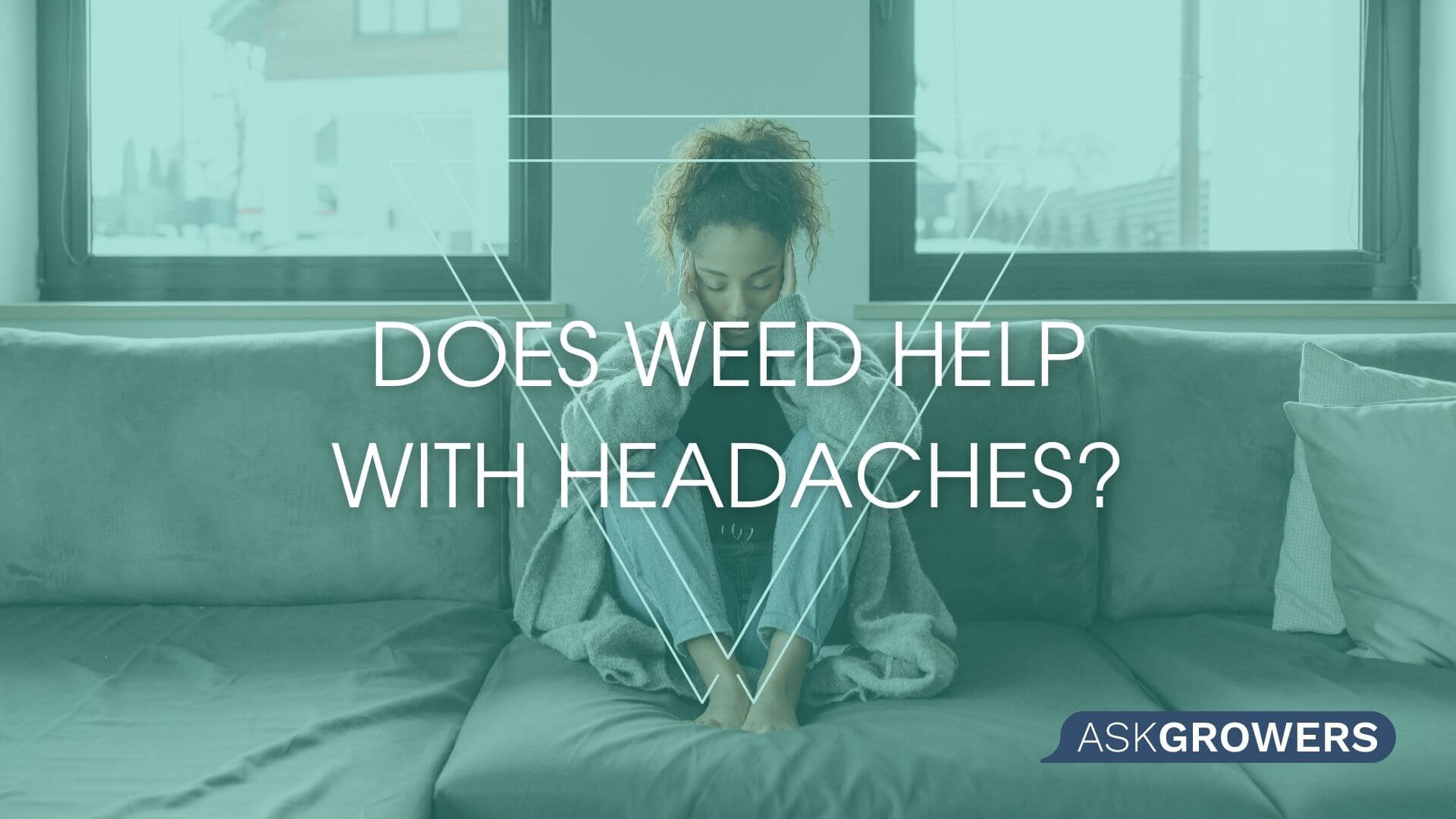
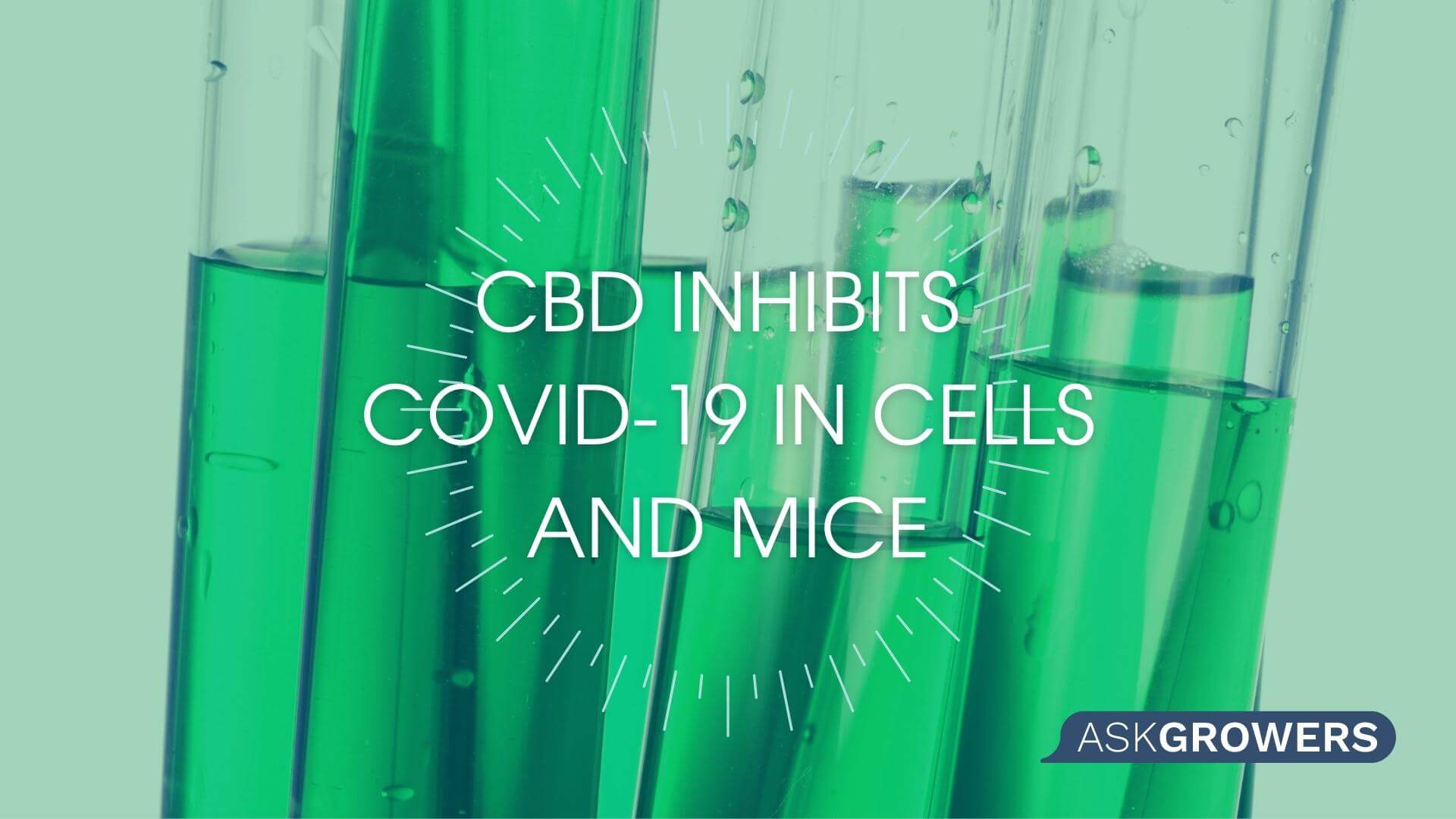

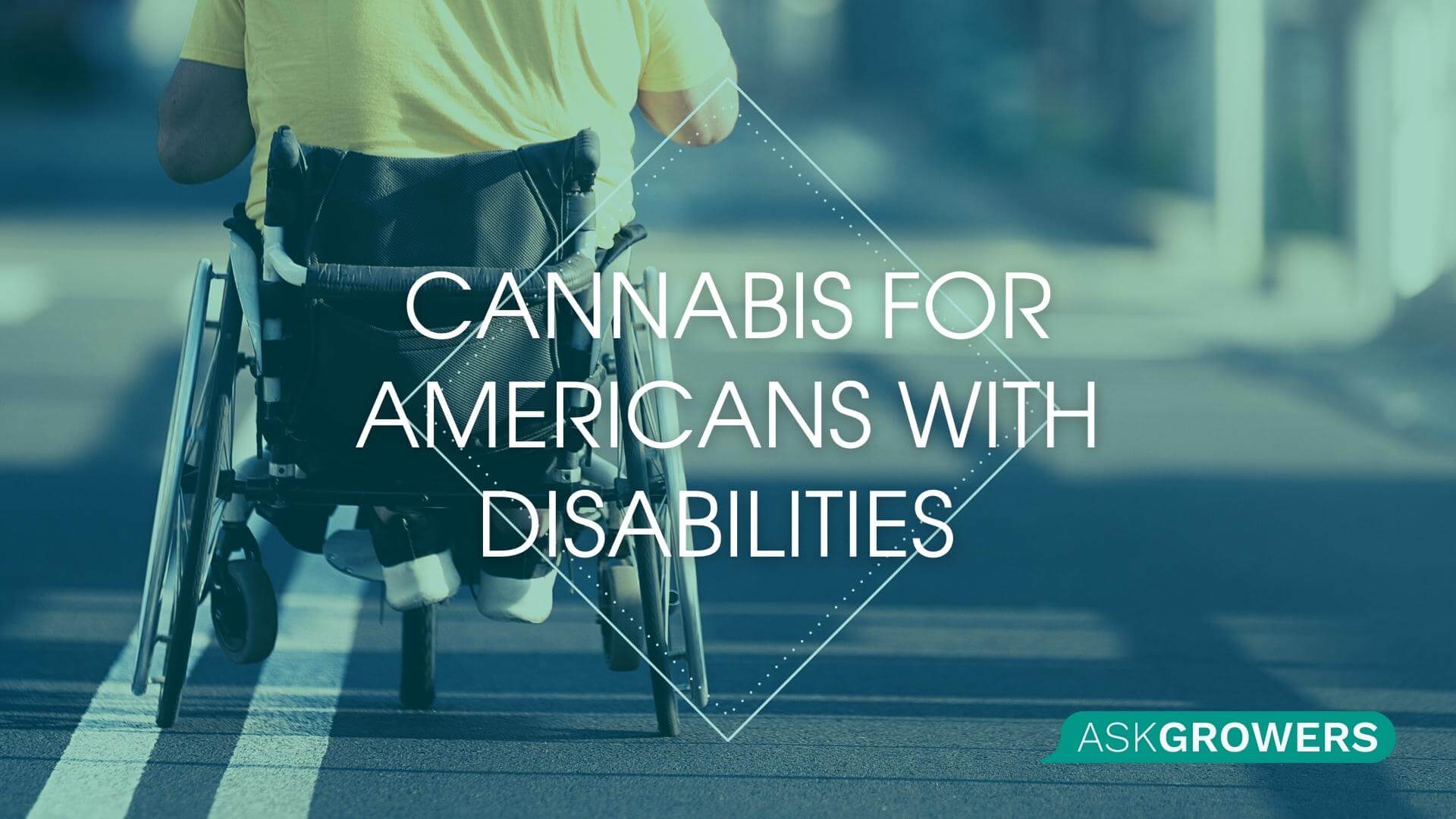
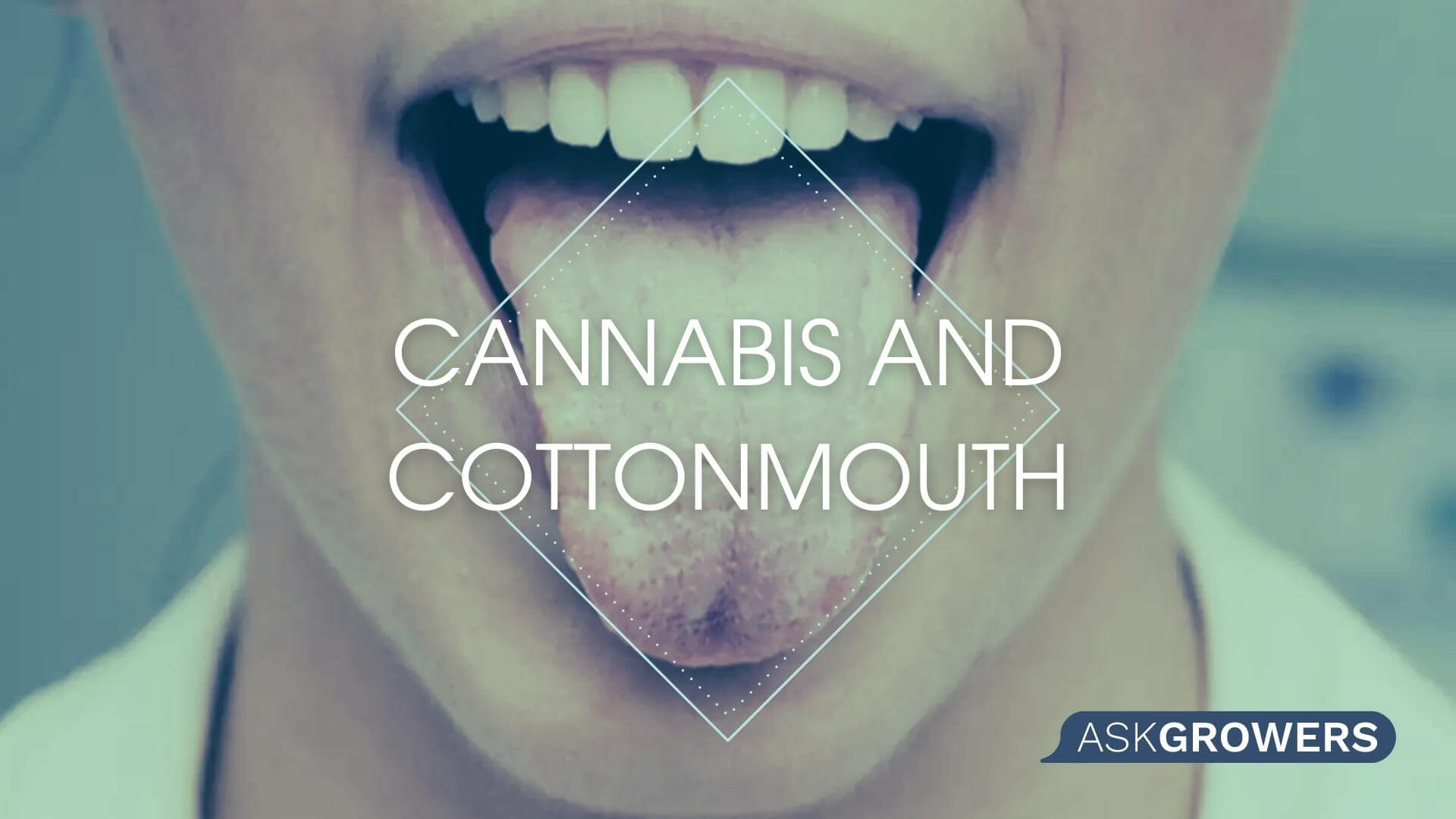
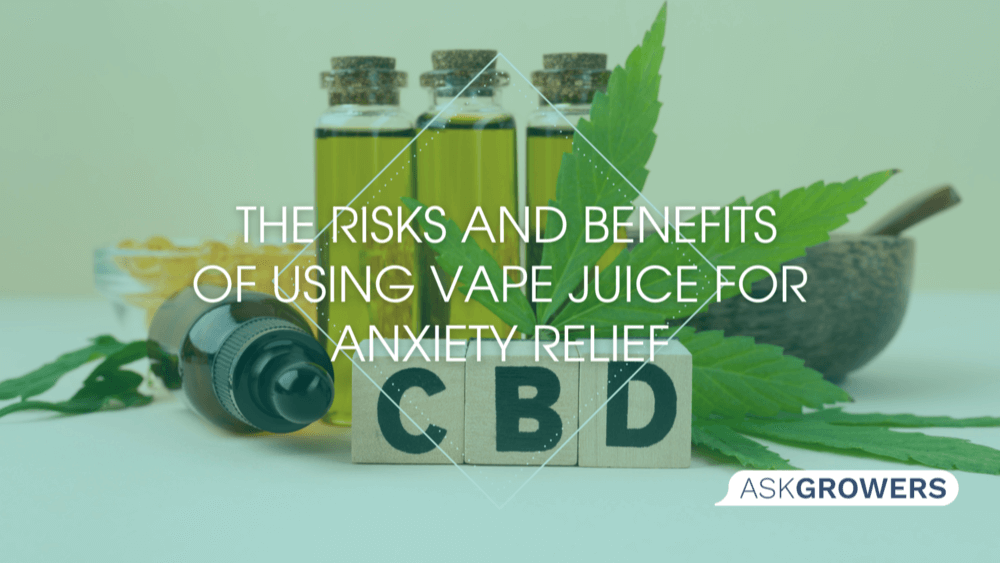
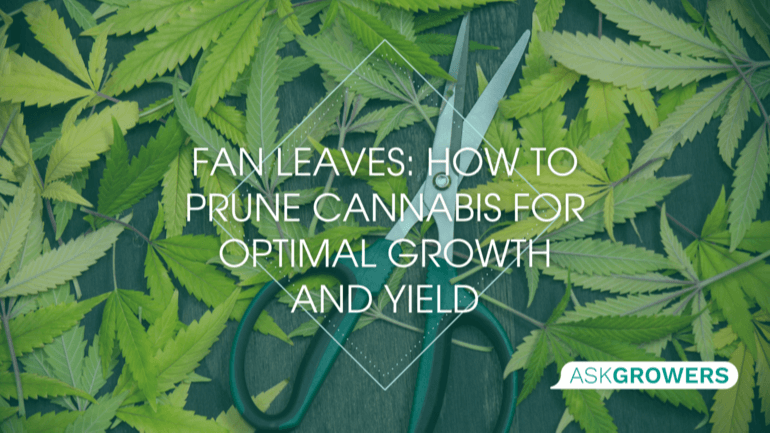
 (1).png)

.jpg)
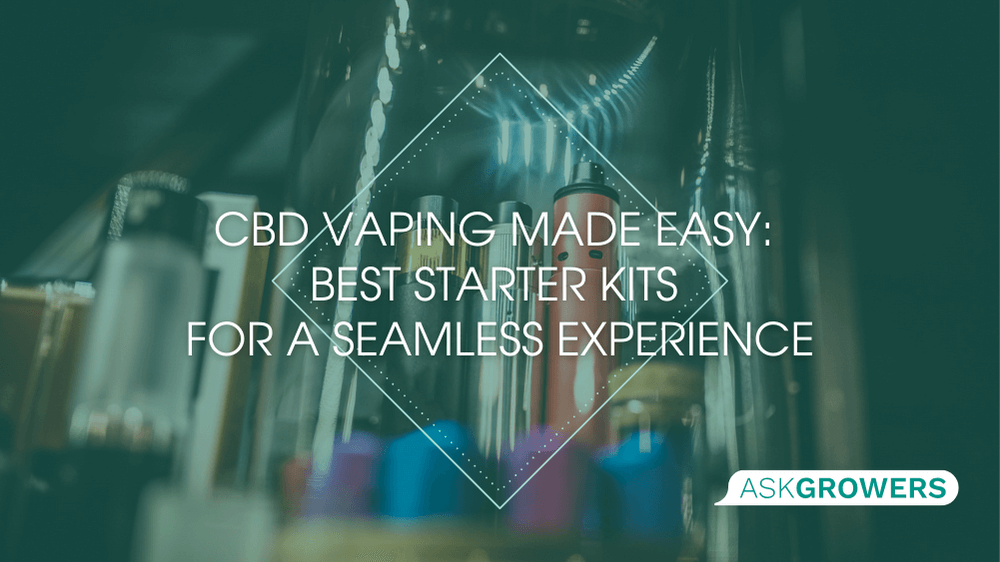




Be the first and share your opinion
Write a Review